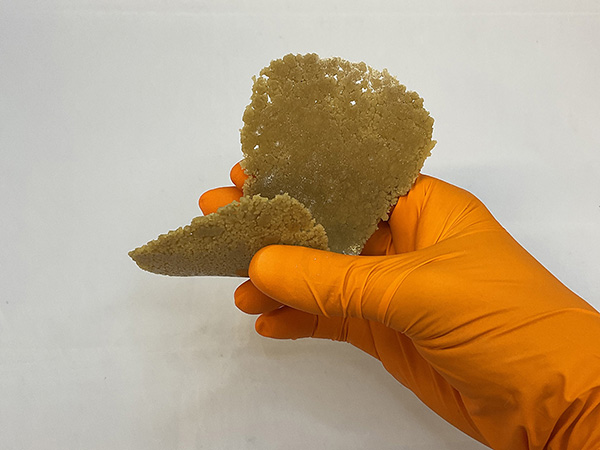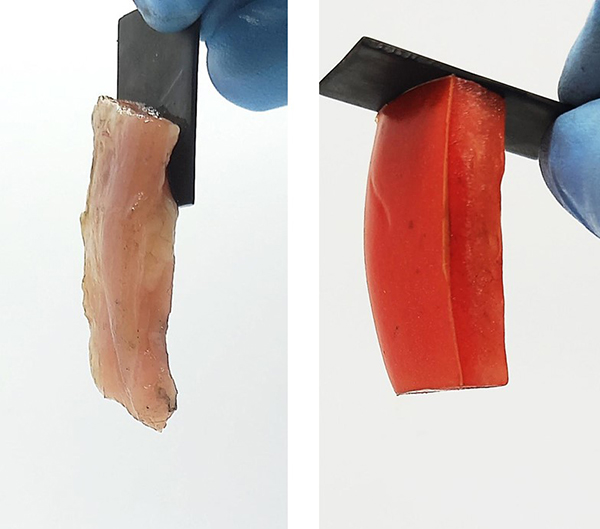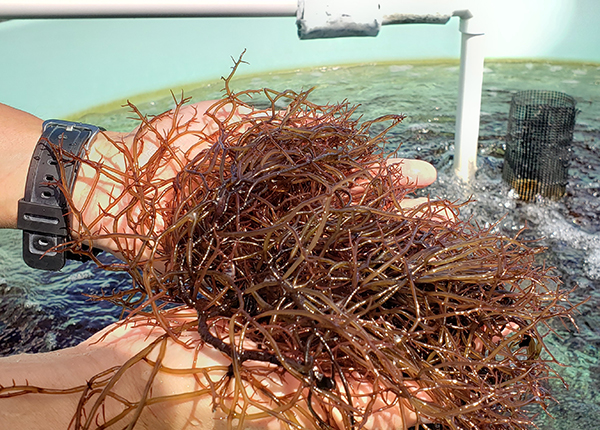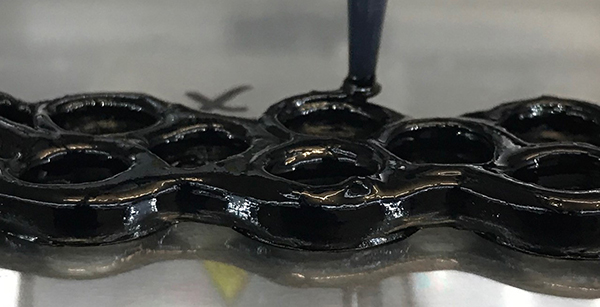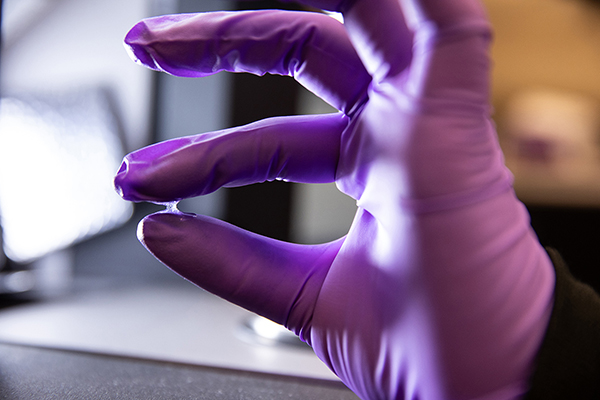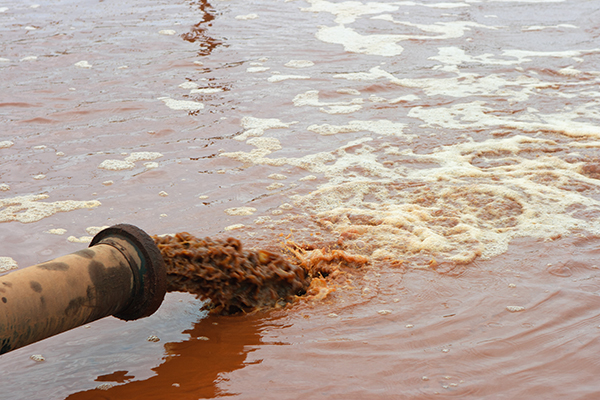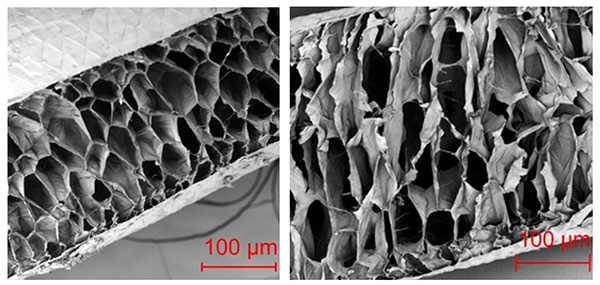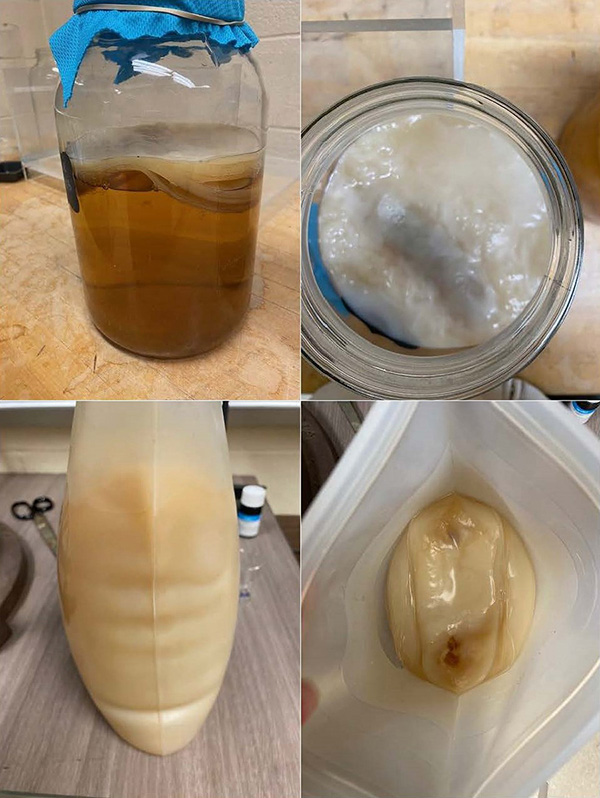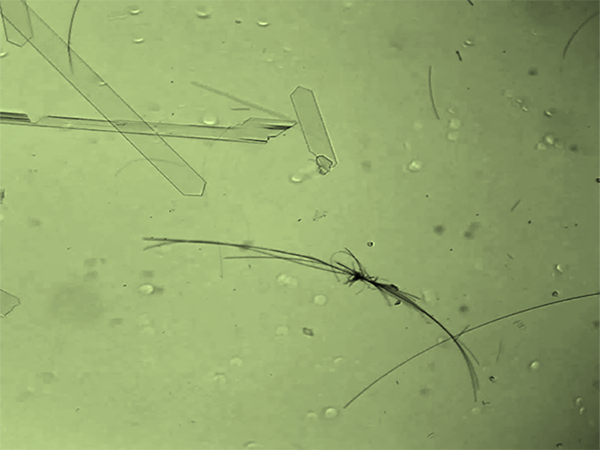FOR IMMEDIATE RELEASE
NEW ORLEANS, March 19, 2024 — Vapes have often been heralded as a “safer” way to consume either nicotine or cannabis, where legal to do so. But the devices present their own suite of risks that are slowly being revealed as they undergo increasing research and regulation. Now, researchers have discovered that nano-sized toxic metal particles may be present in cannabis vaping liquids even before the vaping device is heated, and the effect is worse in unregulated products.
The researchers will present their results today at the spring meeting of the American Chemical Society (ACS). ACS Spring 2024 is a hybrid meeting being held virtually and in person March 17-21; it features nearly 12,000 presentations on a range of science topics.
While cannabis regulation and legalization are still growing in the U.S., it was made federally legal in Canada under its Cannabis Act in 2018. “Cannabis vapes are newly regulated products in Canada, so we don’t yet have much scientific data about them,” says Andrew Waye, who will present the work at the meeting. “This is an opportunity for us to look at some of the questions concerning the risks and unknowns of cannabis vapes.” Waye manages the research program at the Office of Cannabis Science and Surveillance at Health Canada.
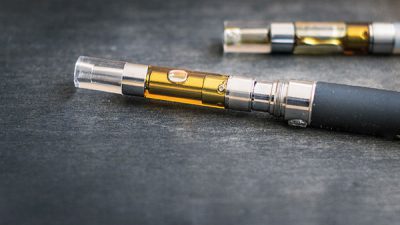
Unlike smoking, vaping does not involve a combustion reaction, which produces harmful byproducts. Instead, a vaping device heats a liquid until it evaporates into an inhalable vapor. As a result, it is often seen as a safer method to consume cannabis or nicotine. But research on nicotine vapes has shown that the metal components that heat the vape liquid may release harmful elemental metals, including nickel, chromium and lead, which can then be transported into the aerosol and deposited into the user’s body.
Waye’s team wanted to investigate whether this was also true for cannabis vapes. To do so, the group collaborated with Zuzana Gajdosechova, who is a scientist at the Metrology Research Centre of the National Research Council of Canada, which has been involved in cannabis testing and standardization for several years.
The team gathered 41 samples of cannabis vape liquids — 20 legal, regulated samples from the Ontario Cannabis Store and 21 samples from the illicit market provided by the Ontario Provincial Police. The liquids were analyzed by mass spectrometry to look for the presence of 12 metals. Regulated cannabis products are routinely tested for some of the analyzed metals, as well as other contaminants.
To verify the team’s findings, Gajdosechova collaborated with imaging experts and used techniques such as scanning electron microscopy to provide a visual confirmation of the metal particles. While some metals, such as arsenic, mercury and cadmium, were within the generally accepted tolerance limits for cannabis products, others were detected in concentrations considered to be very high. The most striking example proved to be lead: Some unregulated samples contained 100 times more lead than the regulated samples, far exceeding the generally accepted tolerance limit.
Importantly, this metal contamination was found in the liquid of cannabis vapes that had never been used and were less than six months old. "The evidence strongly suggests that metal contamination can come from the device when it’s produced, and not from the heating of the coils,” explains Gajdosechova. “But depending on the quality of the device, the contamination may be increased by that heating.”
Additionally, the team found that vapes belonging to the same production lot could contain different levels of metal contamination, demonstrating a high level of variability between samples. This could have implications for testing procedures, as Canadian regulations require samples to be representative of the whole lot or batch and that testing be done at or after the last step where contamination can occur. “If contamination is happening when the device is assembled, you should be testing at that stage rather than earlier,” says Waye.
Next, the team wanted to investigate the size of the metal particles to understand their potential health risks. Using single particle inductively coupled plasma mass spectrometry, the researchers found many particles that were of nanoscale size. “Some nano-sized metal particles are highly reactive and potentially harmful,” says Gajdosechova.
Moving forward, the team wants to determine how many of these particles are transmitted into the vape aerosol when a device is used. This is when the metals could get into users’ lungs, which will be important to determine the public health implications of these findings. The effect has been demonstrated in nicotine vapes, and the researchers expect that cannabis vapes could show the same.
“Different types of cannabis products present different risks. Our research doesn’t answer whether vaping is riskier than smoking, it just underlines that the risks may be different. Previously uncharacterized risks with cannabis vaping are still being identified,” concludes Waye. So, while there isn’t necessarily one way to “safely” consume these products, this research demonstrates that regulation can help create safer cannabis products overall.
This research was funded by Health Canada.
Visit the ACS Spring 2024 program to learn more about this presentation, “Use of advanced imaging techniques for the identification and analysis of metal particles in unused legal and illegal cannabis vaping products,” and more scientific presentations.
###
The American Chemical Society (ACS) is a nonprofit organization founded in 1876 and chartered by the U.S. Congress. ACS is committed to improving all lives through the transforming power of chemistry. Its mission is to advance scientific knowledge, empower a global community and champion scientific integrity, and its vision is a world built on science. The Society is a global leader in promoting excellence in science education and providing access to chemistry-related information and research through its multiple research solutions, peer-reviewed journals, scientific conferences, e-books and weekly news periodical Chemical & Engineering News. ACS journals are among the most cited, most trusted and most read within the scientific literature; however, ACS itself does not conduct chemical research. As a leader in scientific information solutions, its CAS division partners with global innovators to accelerate breakthroughs by curating, connecting and analyzing the world’s scientific knowledge. ACS’ main offices are in Washington, D.C., and Columbus, Ohio.
To automatically receive press releases from the American Chemical Society, contact newsroom@acs.org.
Note to journalists: Please report that this research was presented at a meeting of the American Chemical Society. ACS does not conduct research, but publishes and publicizes peer-reviewed scientific studies.

